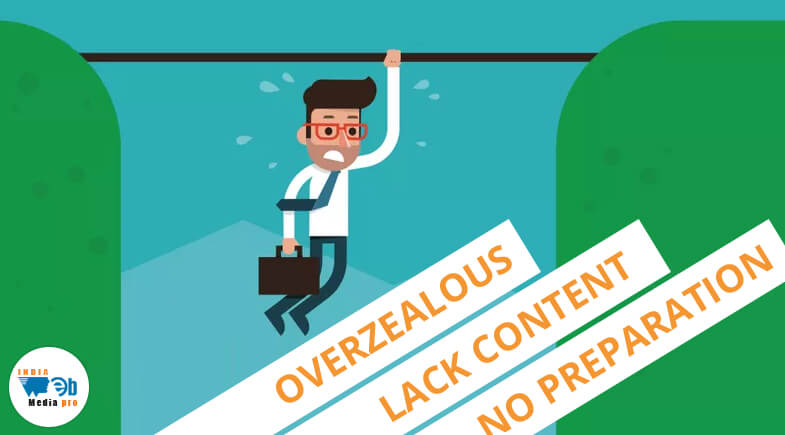Throughout the development of your business, there are numerous basic but often fatal mistakes that are frequently made, even by professionals who have been in the trade for quite some time. At times, they are not recognized until much later, making them difficult to rectify. Here are the most common mistakes to avoid during the business development phase.
Inadequate Preparation
It is surprisingly common for a company to eagerly pitch their services to executives without proper preparation. Prior to meeting with a potential client, research not only the sector they are in, but also the individuals you will be speaking with as well. Generate an agenda and focus on specific areas of interest. This saves valuable time for everyone and exudes confidence.
Overzealous Delivery
During the first meeting with a potential client, focus should be placed on a limited number of objectives such as building rapport and trust, establishing your credibility, understanding a client’s pressing issues, and creating interest. Too often, meetings are drawn out due to a sales pitch geared towards sealing the deal or talking in detail about a project. Refrain from overloading the conversation.
Focus on Solution Versus Need
While there is nothing wrong with trying to provide a solution to a problem, trying to fully understand the client’s needs can help illustrate how your product or service could adequately address their issue. Refrain from pushing your methodology on them and instead, work in conjunction with them to provide a solution.
Lack of High-Quality Questions
Questions are a normal part of meeting delivery and are an essential component to getting a client on board. Unfortunately, many individuals make the mistake of either talking nonstop or asking mediocre questions. Generate some truly thought-provoking and interesting questions that can be applied to a variety of settings.
Not Deriving Value
If your potential client does not feel a sense of value from your product or service after the first meeting, an additional meeting is most likely not in the works. Make your conversation useful, containing imperative information and a discussion geared towards the understanding of the presenting concerns. Use examples of what other clients have done and apply scenarios to help address their problems.





4978
609
Follow
SUBCRIBE
102
127